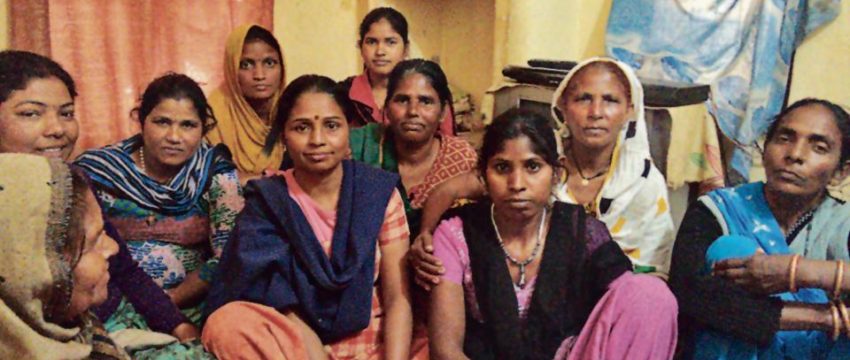Enriching the Lives of the Marginalised Communities of India through Quality Education, Skill development,
Livelihood generation, Healthcare, Environment safety, Disaster response and Agriculture Initiatives
DESCRIPTION
Domestic workers or Domestic Help in India constitute one of the largest segments, nearly 20 million of the workforce, majority being women whose services mostly go unrecognized. These millions of domestic help can be found in the Indian families from lower middle class households in the villages to the most affluent ones in the metropolitan cities. Most of these domestic worker’s function as ‘lifelines’ to the households, render multiple types of services, as full time and part time, live-in and live-out, and they are described as ‘domestic servants’. The practices associated with this occupation are undignified and completely unacceptable, partly for the reason that domestic workers have not yet acquired the status of a profession or a trade.
A domestic worker may perform variety of services for an individual or a family, providing care to children, elderly, ailing, disabled, besides household maintenance, cooking, laundry, shopping etc. while functioning as skilled and unskilled worker. In India’s unorganized sectors which constitute nearly 93% of the economy, the domestic workers constitute one of the largest segments vaguely estimated between 4.75 to 25 million, albeit among the poorest, disorganized and often exploited.


